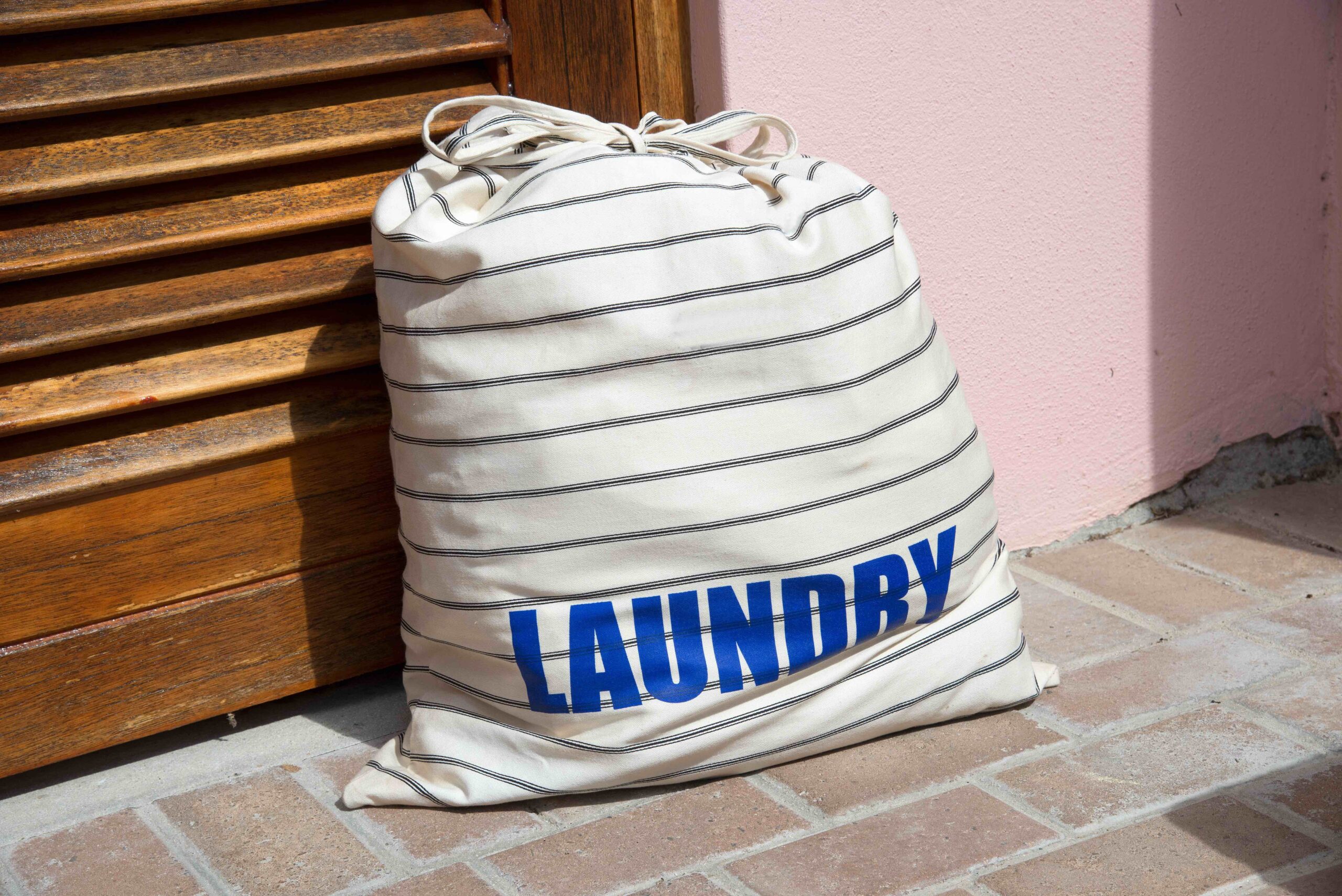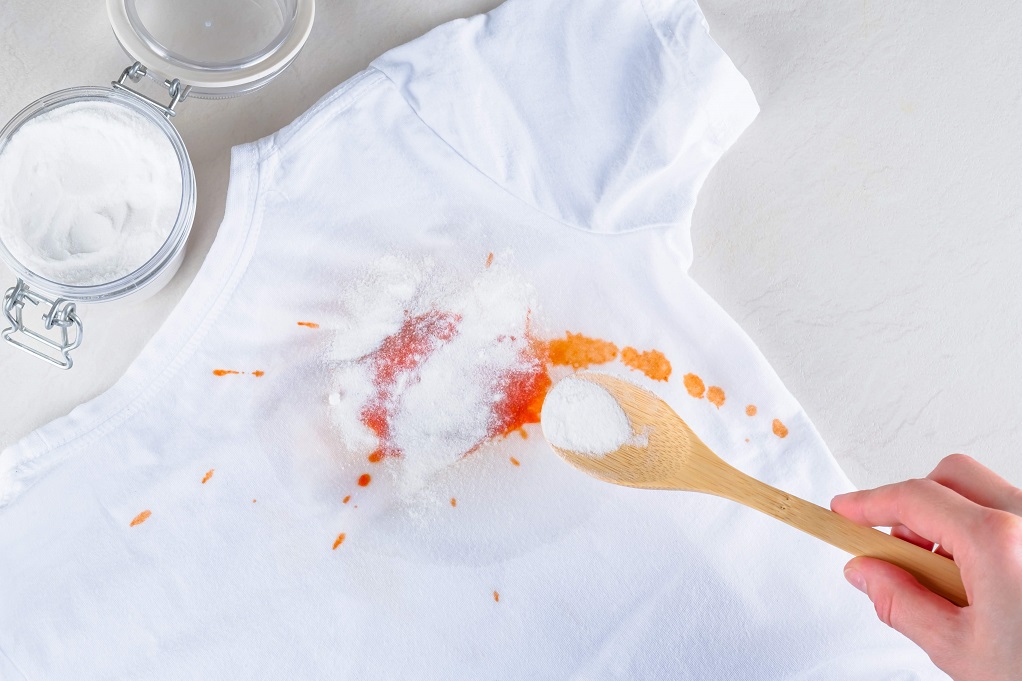Brightening white clothes is a common laundry concern, and bleach has long been the go-to solution. However, the use of bleach is not without its drawbacks. It can be harsh on fabrics, leading to wear and tear, and its chemical composition may raise environmental and health concerns. Fortunately, there are safe and effective alternatives to bleach that can still give your whites a fresh, clean appearance. This blog post explores those alternatives, delving into both household remedies and commercial products to help you make an informed choice for your laundry needs.
Why Seek Bleach Alternatives?
Many people are looking for alternatives to bleach for several valid reasons. From an environmental perspective, bleach can be harmful to aquatic life and may contribute to water pollution. Its fumes and residue might also pose health risks, particularly to those with respiratory issues or sensitive skin. Furthermore, bleach can weaken fibers in clothing, reducing garment lifespan, and may cause yellowing in some white fabrics. These factors make the search for bleach alternatives not just a preference but, in some cases, a necessity.
There’s a growing awareness about the impacts of household chemicals on both personal health and the environment. As more research emerges, the push for safer, more natural solutions gains momentum. Eco-friendly and health-conscious consumers are driving the demand for products and methods that align with their values. Whether motivated by personal health, a desire to preserve fabrics, or a commitment to the environment, seeking bleach alternatives is an important aspect of responsible laundry care.
Common Household Bleach Alternatives
Vinegar and lemon juice are two widely available and natural alternatives to bleach. They contain mild acid that can break down stains and brighten whites. Adding a cup of white vinegar or half a cup of lemon juice to a wash cycle can be an effective way to enhance the brightness of your white clothes without the risks associated with bleach. It’s gentle on most fabrics and has the added bonus of deodorizing the garments.
Baking soda is another versatile household item that can be used in place of bleach. By adding a half cup of baking soda to the wash cycle, you can boost the detergent’s cleaning power and help whites look their best. Hydrogen peroxide is a further option, often used for its antiseptic properties, but also effective in whitening clothes. A cup of 3% hydrogen peroxide solution can be added to the wash for excellent results. Lastly, soap nuts, a natural berry shell, offer a completely biodegradable and hypoallergenic option for those seeking the most eco-friendly alternative.
When using these alternatives, it’s essential to follow proper guidelines and test them on a small hidden area of the fabric first. They offer a broad range of options to suit various needs and preferences, allowing you to care for your white clothes without compromise.
Commercial Eco-Friendly Whitening Products
In addition to household remedies, there are commercial bleach alternatives specifically formulated to brighten whites without harming the environment. These products often contain natural enzymes and oxygen-based bleaching agents that are gentle on fabrics and break down safely in the environment. Brands such as Seventh Generation and Ecover offer laundry whitening products that are both effective and eco-friendly, providing convenient options for those who prefer ready-made solutions.
When selecting a commercial bleach alternative, it’s essential to read labels and look for certifications such as “biodegradable” or “cruelty-free.” These products may also come in sustainable packaging, further reducing their environmental impact. By doing your research and choosing reputable brands, you can enjoy the convenience of commercial products without sacrificing your commitment to environmental responsibility.
Remember, while these commercial alternatives provide ease of use, they might vary in performance and price. Reading user reviews or seeking recommendations from friends or online communities who share your values can help you find a product that suits your specific needs and expectations. Investing in quality products not only ensures bright whites but also supports companies committed to ethical and sustainable practices.
Tips for Keeping Whites Bright Without Bleach
Keeping whites bright without bleach requires some attention to detail in the way you handle your laundry. Proper sorting is key; washing whites separately helps prevent color transfer and keeps whites looking their best. Also, paying attention to washing techniques such as temperature and cycle settings can make a significant difference. Cooler temperatures and gentle cycles are often suitable for maintaining the brightness of whites without harsh chemicals.
Drying and ironing techniques also play a role in keeping whites fresh and bright. Drying whites in the sun, for instance, can naturally bleach and brighten them. However, care should be taken not to over-dry, as this can cause fabrics to become stiff or yellowed. When ironing, using the correct temperature setting for the fabric type helps preserve the appearance and integrity of white garments.
Lastly, regular maintenance is essential for keeping whites looking their best. Treating stains promptly, using the right detergent, and following fabric care instructions on labels all contribute to prolonging the brightness of your white clothes. A combination of these practices and the bleach alternatives previously mentioned can create a comprehensive approach to caring for your whites without the need for harsh or harmful chemicals.
Understanding Fabric Types and Their Needs
Not all white fabrics are created equal, and understanding the specific needs of different fabric types can enhance your success in keeping whites bright without bleach. For example, cotton fabrics may respond well to natural acids like lemon juice, while delicate fabrics like silk might require gentler care with milder solutions like vinegar. Even within these categories, variations in thread count, weave, and treatment can affect how a fabric responds to different whitening methods.
Reading and following the care labels on your garments can provide valuable guidance. Labels often contain symbols and instructions that detail the recommended washing temperature, drying method, and other care considerations specific to the fabric type. Adhering to these instructions while incorporating bleach alternatives can maximize results, ensuring that your whites remain bright and your fabrics retain their quality and longevity.
For those looking to take a deeper dive into fabric care, exploring online resources, guides, or even attending workshops can be enlightening. Building knowledge about fabric types and their specific needs not only empowers you to take better care of your white garments but also enhances your overall laundry skill set. It’s a valuable investment that pays off in the appearance and durability of your clothing and contributes to a more mindful and effective approach to fabric care.
Embracing bleach alternatives is a step towards more responsible and conscious laundry care. Whether you choose natural household remedies, commercial eco-friendly products, or a combination of both, you have ample options to keep your whites looking bright without compromising your health, your clothes, or the environment. The choices you make in your laundry routine reflect broader values, and this guide provides a practical pathway towards aligning those values with daily actions.
The shift away from traditional bleach doesn’t have to be complicated or costly. Simple changes and thoughtful product selections can yield excellent results. Your white garments can still look their best, and you can enjoy the peace of mind that comes with knowing you’re making choices that align with a healthier, more sustainable lifestyle.
We invite you to explore these options, experiment with different methods, and share your experiences. At WashFoundry, we’re committed to providing insights and solutions that support a conscious approach to fabric care. If you have further questions or need assistance, our team is always here to help. Happy laundering!






